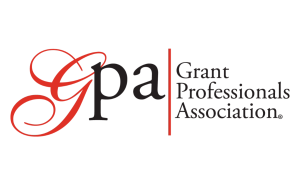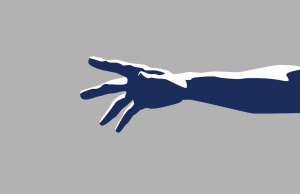Put yourself in the funder’s shoes — who would you choose to fund? These tough decisions are complex and include assessing an organization’s ability to deliver on the promises made in the grant proposal. Applicants must have the capacity to translate program plans into action, and the action into measurable results.
“Internal controls are safety-net procedures and protocols that support effective programming and accurate, ethical operations,” said Barbara Floersch, chief of training and curriculum of The Grantsmanship Center in Los Angeles, Calif. “At their best, they provide vigorous, appropriate checks and balances to ensure all systems are running smoothly. Well-defined internal controls mitigate the risk that a grant-funded program will fail.”
Internal controls are the processes and systems through which your organization ensures that it is operating effectively, accurately handling its finances and accounting, reporting reliable data, and complying with its own policies and procedures as well as applicable laws and regulations. “These controls extend far beyond the prevention of fraud,” said Floersch. “They provide a structure for accountability and promote excellence in all operations. Ideally, they assure good stewardship of grant funds.”
When assessing your organization’s internal controls, Floersch recommended taking a look at the Standards for Internal Control in the Federal Government (www.gao.gov). This document, also known as The Green Book, was produced for federal agencies but is considered a seminal resource for any type of organization. The Green Book discusses and explains five primary components of internal control.
- The control environment: Board and administrators should demonstrate a commitment to integrity and ethical values. This includes setting and adhering to standards of conduct.
- Risk assessment: Management should assess operational risks and develop systems and processes to mitigate those risks. This includes ensuring clear operating standards and considering the potential for fraud.
- Control activities: These are the activities that management implements to achieve its goals and respond to risks. A few examples include policies, procedures, performance reviews, control of valuable assets, and segregation of duties.
- Information and communication: Management should use quality information to pursue its operational and monitoring goals. This means data is reliable, management communicates information at all levels to help staff achieve goals, and management maintains open reporting and communication with stakeholders such as collaborators, suppliers, contractors, auditors, funders, and the public.
- Monitoring the system: Management should monitor internal controls system and corrects deficiencies promptly.
When strong, well-defined internal controls are in place, you’re in a much stronger position to make the case that a grant award to your organization will be a good investment. “This is all about being sure that your house is in order,” said Floersch. “It’s about much more than dotting an “i” and crossing a “t.” It’s about using grant funds appropriately to produce the impact everyone wants to see.” © Copyright 2019 The Grantsmanship Center.










